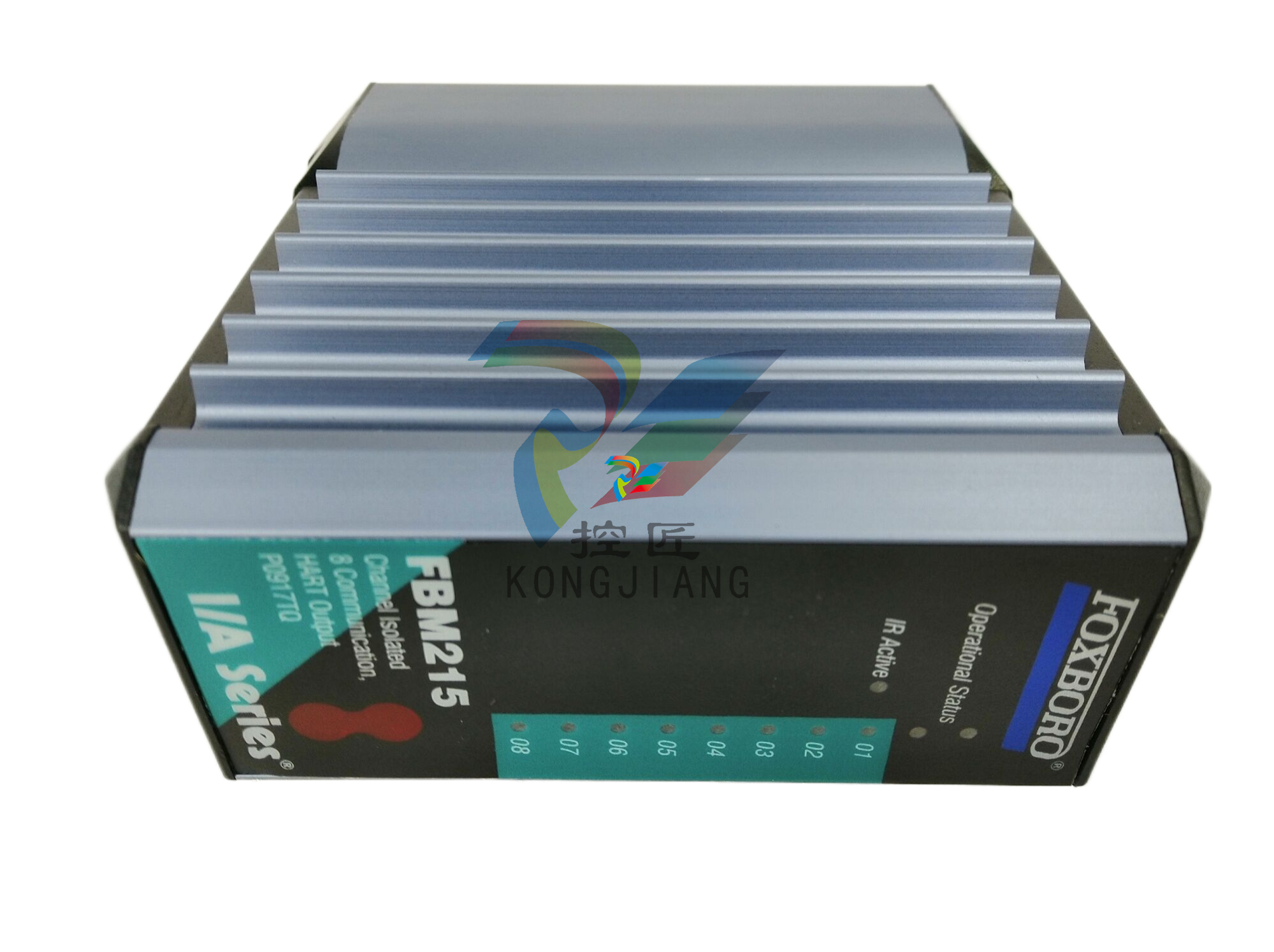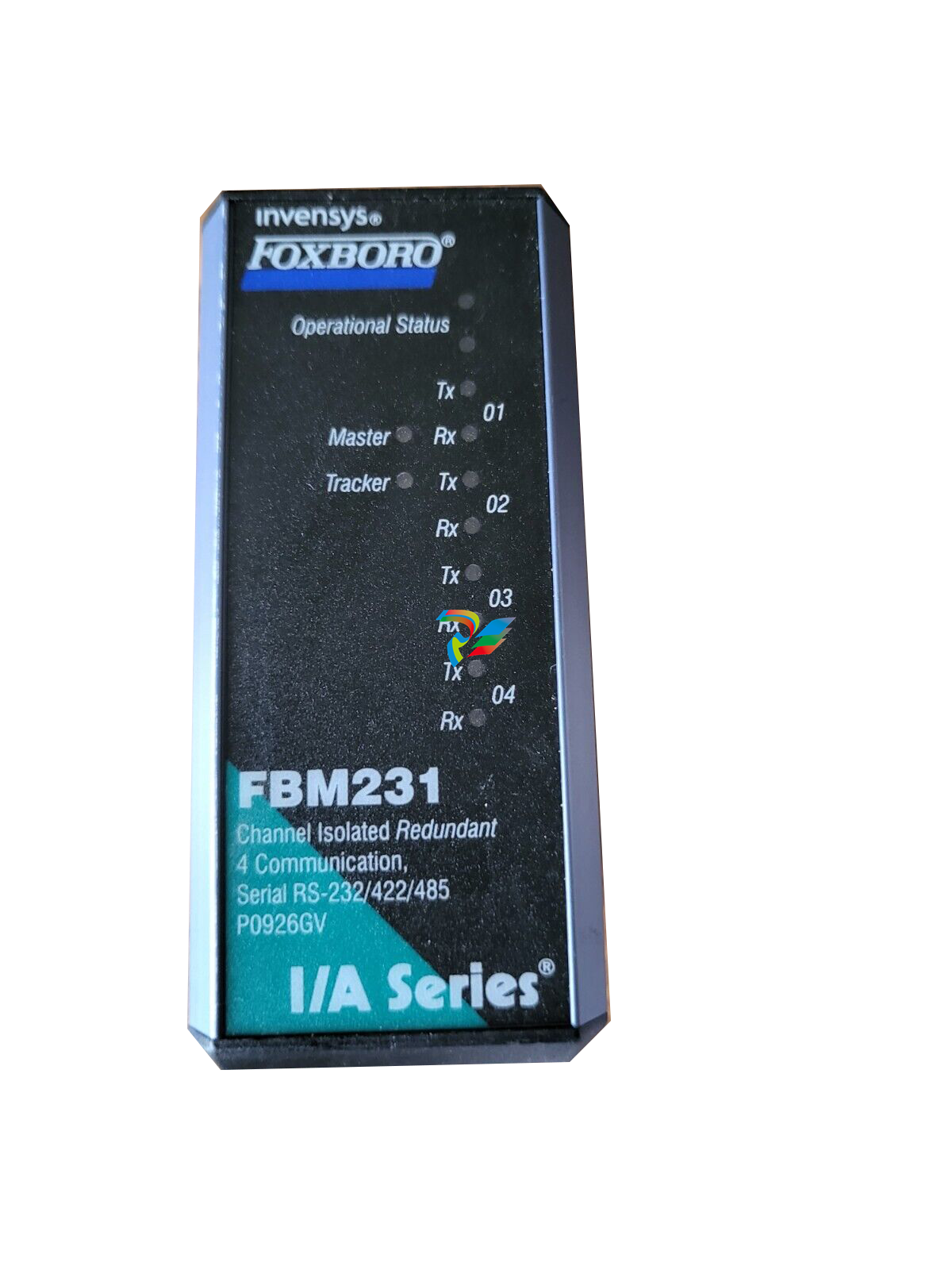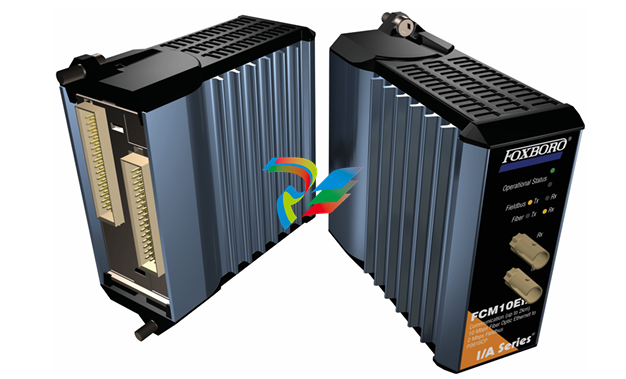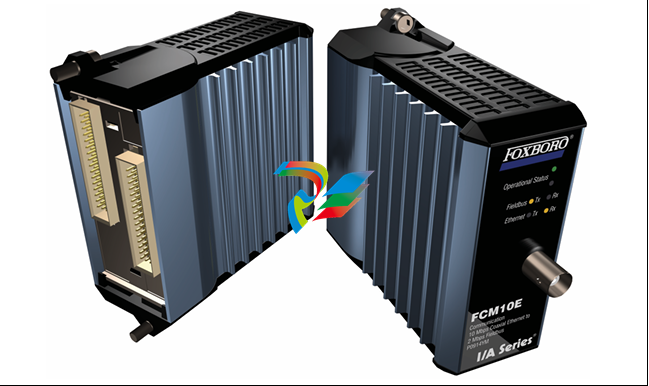
Wireless Lessons from Construction Sites
A 5G network is not confined to a specific service category, as these categories represent network performance limits from different perspectives. Generally, a 5G implementation can meet specific communication demands through QoS guarantees enforced by the user plane function (UPF) in the 5G core network.
5G enabling capabilities
Various 5G releases offer capabilities to meet diverse service category demands, including those vital for construction communication networks. Key features such as network slicing, QoS support, software-defined networking (SDN) and network function virtualization (NFV) enable dynamic resource allocation and separation of user and control plane functions. Network slices, tailored to specific QoS requirements, span core network to radio access network (RAN) domains, while multi-access edge computing (MEC) places computing resources closer to the RAN and within construction sites for low-latency applications.
Specific capabilities introduced for industrial wireless support in 5G include 5G-time-sensitive networking (TSN) integration and Open Platform Communications Unified Architecture (OPC UA) support. In release 18, 5G-TSN integration achieved centralized TSN implementation, ensuring time synchronization and timely data delivery through traffic shaping and scheduling. The generic precision time protocol (gPTP) facilitates time synchronization between nodes.
Additionally, OPC UA (IEC 62541-1) standardizes data communications in industrial automation, enabling vendor-neutral interoperability. Integrating 5G with OPC UA allows construction applications to operate over 5G, facilitating coexistence and communication with legacy systems. Interaction with OPC UA devices can occur through TSN middleware or directly via the network exposure function (NEF) introduced in release-16.
5G uses cases in construction
Many 5G use cases in the construction industry are being considered at other industrial sites and each makes use of specific 5G service categories described in our paper. As shown at the top of Figure 1, streaming video would utilize the eMBB service category. Streaming video enables situational awareness of construction activities as well as security monitoring of the work zone. Additionally, streaming video has become an essential part of the teleoperation of machinery and drone-based inspection. Streaming video is, therefore, an essential component of most, if not all, construction projects.
Streaming high-definition (HD) video at a rate of 60 frames per second equates to a minimum of 5 Mbps with a peak bit rate of 10 Mbps. The high video quality may seem excessive, but it’s likely necessary for teleoperating heavy machinery around people in the work zone and for drone-based inspections. Furthermore, several of these activities operating concurrently would have a multiplying effect on the 5G system.
[optional pullquote] Streaming video enables situational awareness of construction activities, security monitoring, the teleoperation of machinery and drone-based inspection. Several of these activities operating concurrently would have a multiplying effect on the 5G system.

Teleoperation and mobile robotic platforms, apart from video-based observation, require a service category that guarantees latency and reliability targets. As an example, teleoperation requires that control messages reach the vehicle being controlled by recurring deadlines on the scale of milliseconds. Every type of remotely operated machine is different, therefore, the service category may be either URLLC or RedCap.
A teleoperated front loader requires the ability to move forward, and backward, turn left and right, raise and lower its bucket and control the orientation of its front, rear and side cameras. A heavy-grade mobile manipulator would need similar control mechanisms and more degrees of freedom to control its end-effector. Additionally, haptic and audible feedback which are also latency and reliability sensitive are required as these signals provide important sensory feedback to the remote driver.
Safety mechanisms such as fall detection, emergency stops, alarms, or the ability to stop or slow a nearby vehicle while a human is crossing in its path in a loud and confusing environment require strict latency and reliability requirements. Hence, the URLLC service category is indicated. It is expected that actual safety execution be controlled at the edge, at the construction site itself, to minimize latency concerns. General safety conditions could be monitored remotely through the cloud.
Machine and environmental condition monitoring through Industrial Internet of Things (IIoT) devices indicates the use of the mMTC service category. The mMTC service category was specified in the 5G standard to support IIoT use cases such as environment sensing and machine health monitoring. Generally, within a construction site, mMTC would be used to monitor environmental conditions within and around the structure being built and the machines that are being used and left on-site. Depending on the scenario, the mMTC use cases could scale from a few to hundreds of sensors.













































.jpg)
.jpg)
.jpg)





.jpg)



.png)
.jpg)

.jpg)
_lVjBYb.jpg)

.jpg)
.jpg)



.jpg)
.jpg)







.jpg)

.jpg)
.jpg)






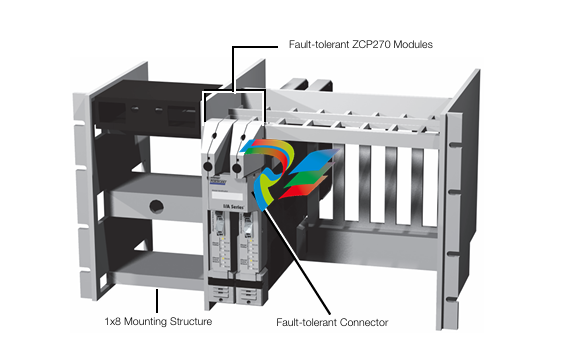

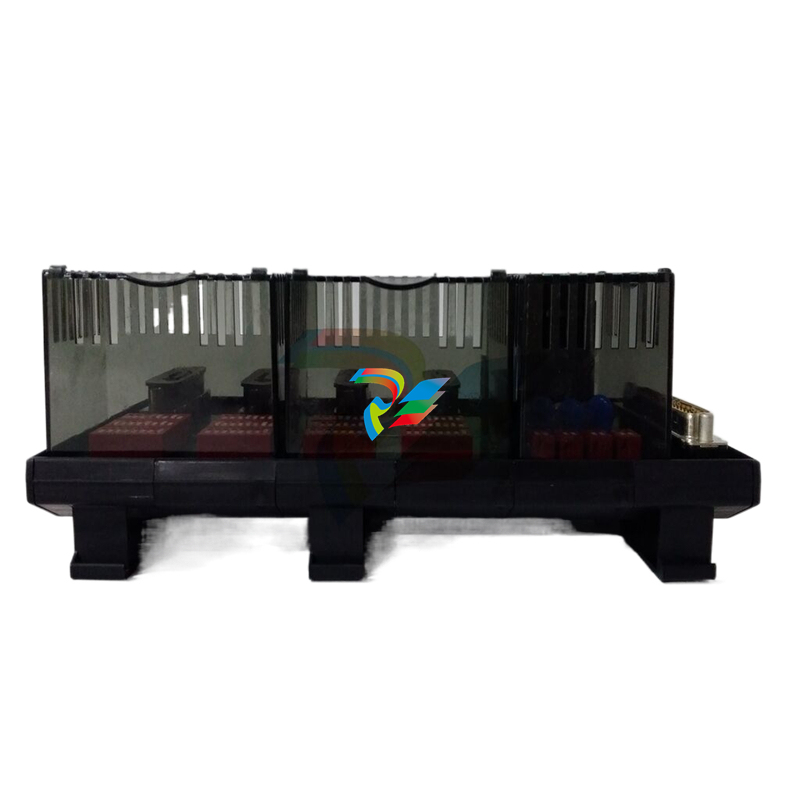
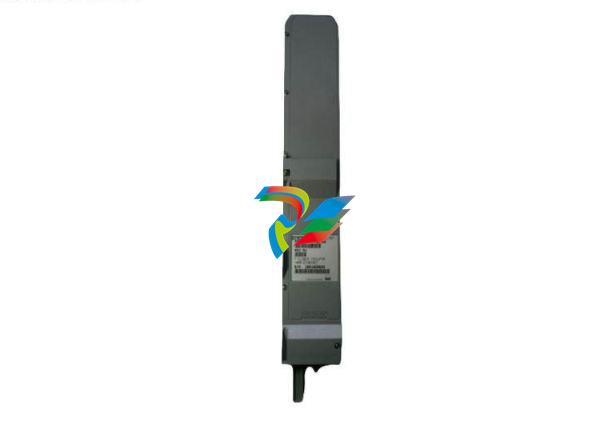
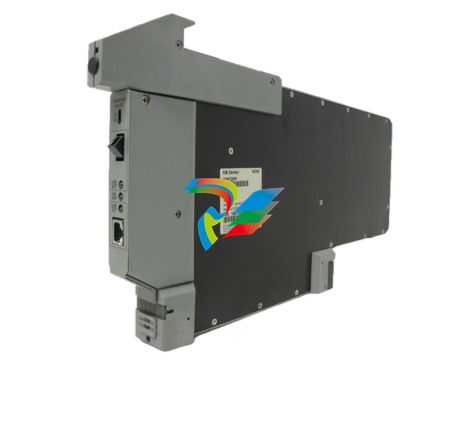
.jpg)


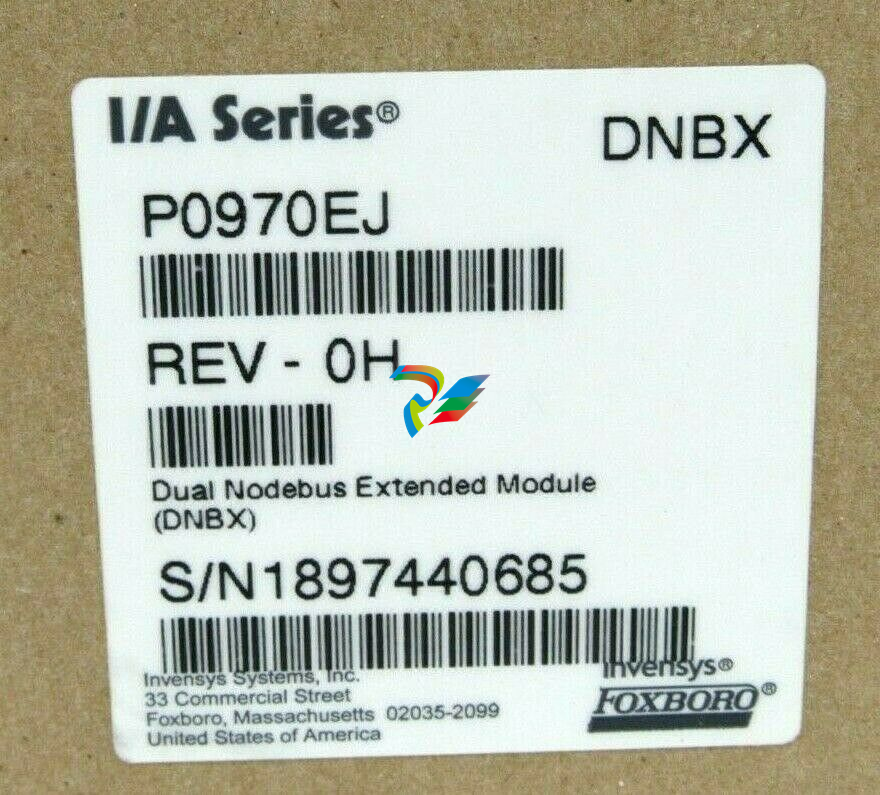

.jpg)
.jpg)
.jpg)
.jpg)
.jpg)
.jpg)
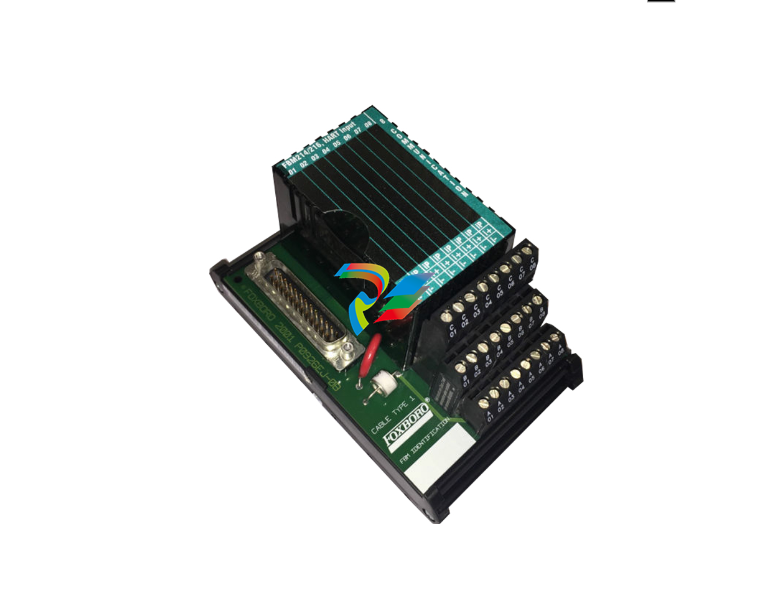
.jpg)
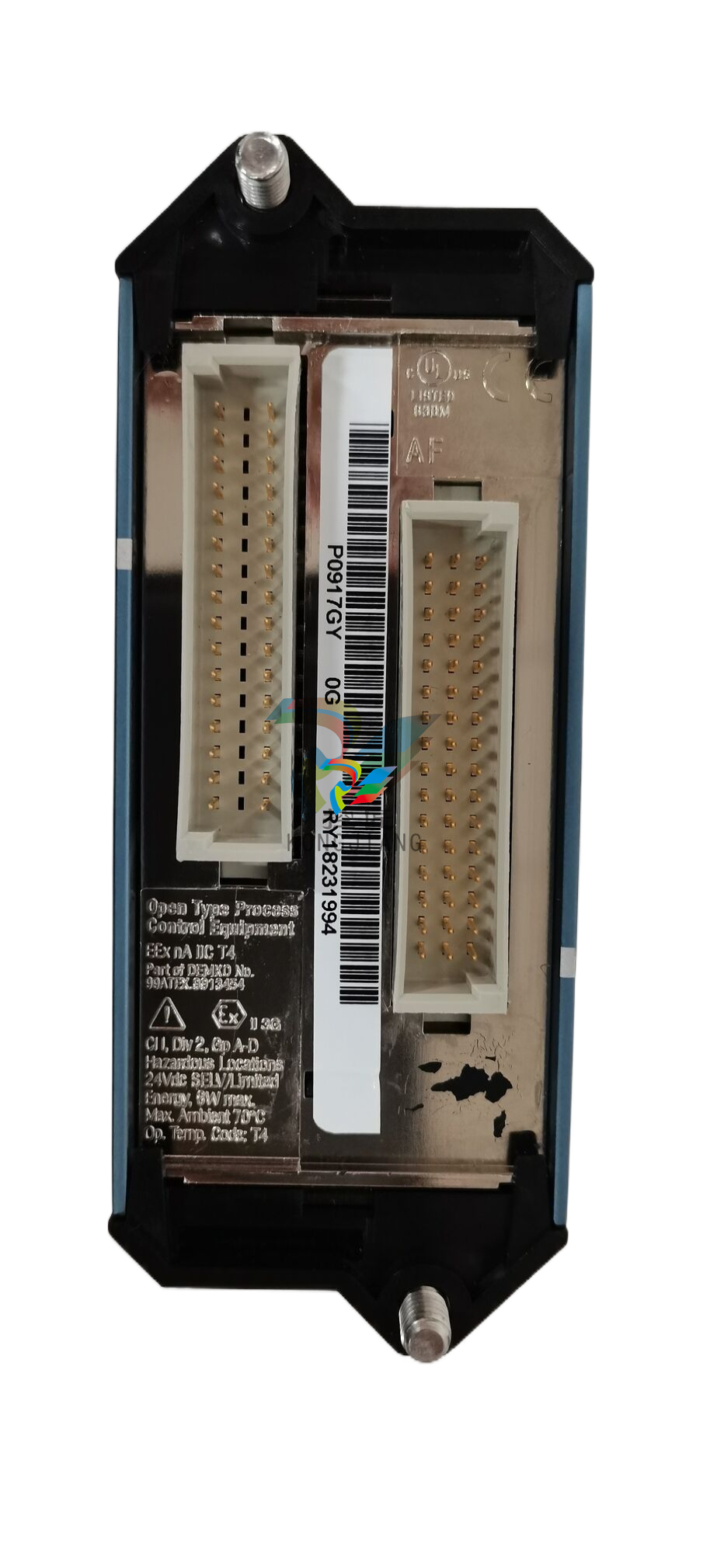
.jpg)
.jpg)
.jpg)
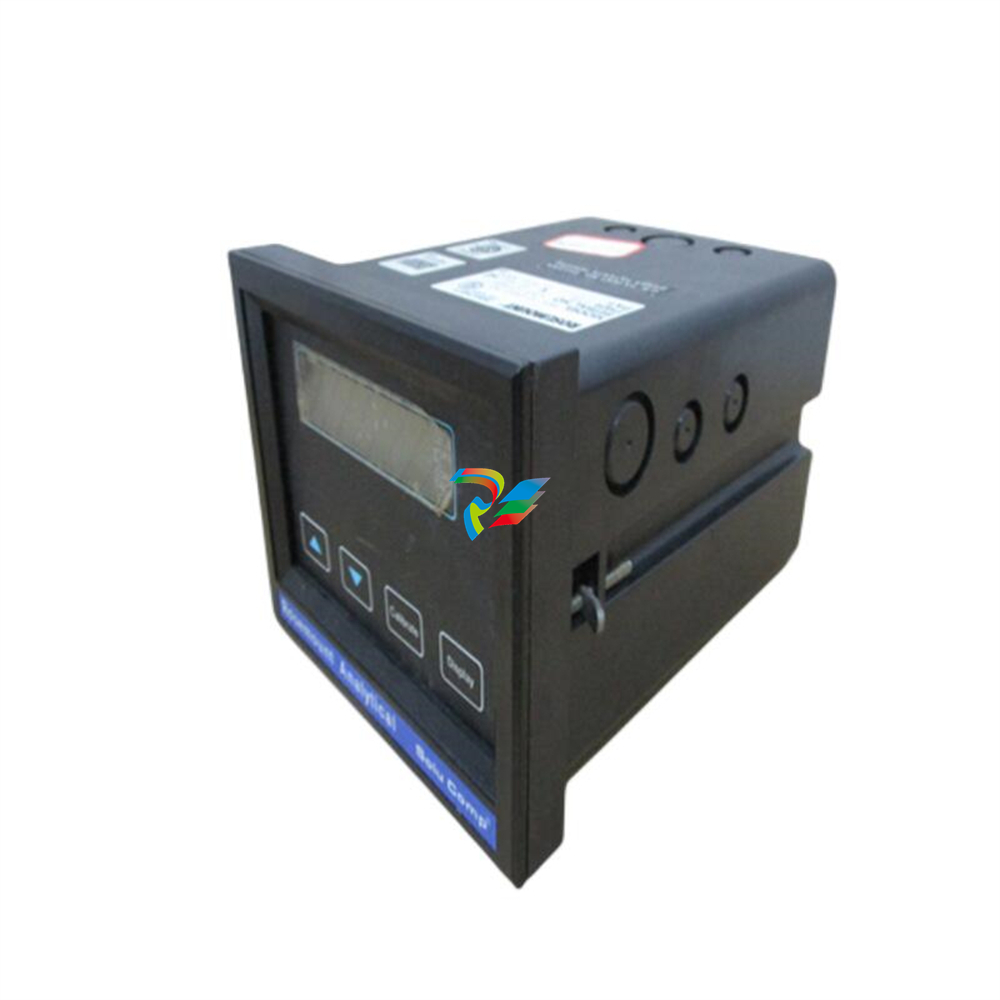
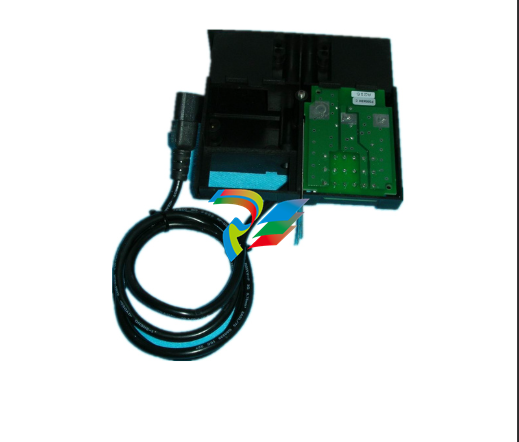
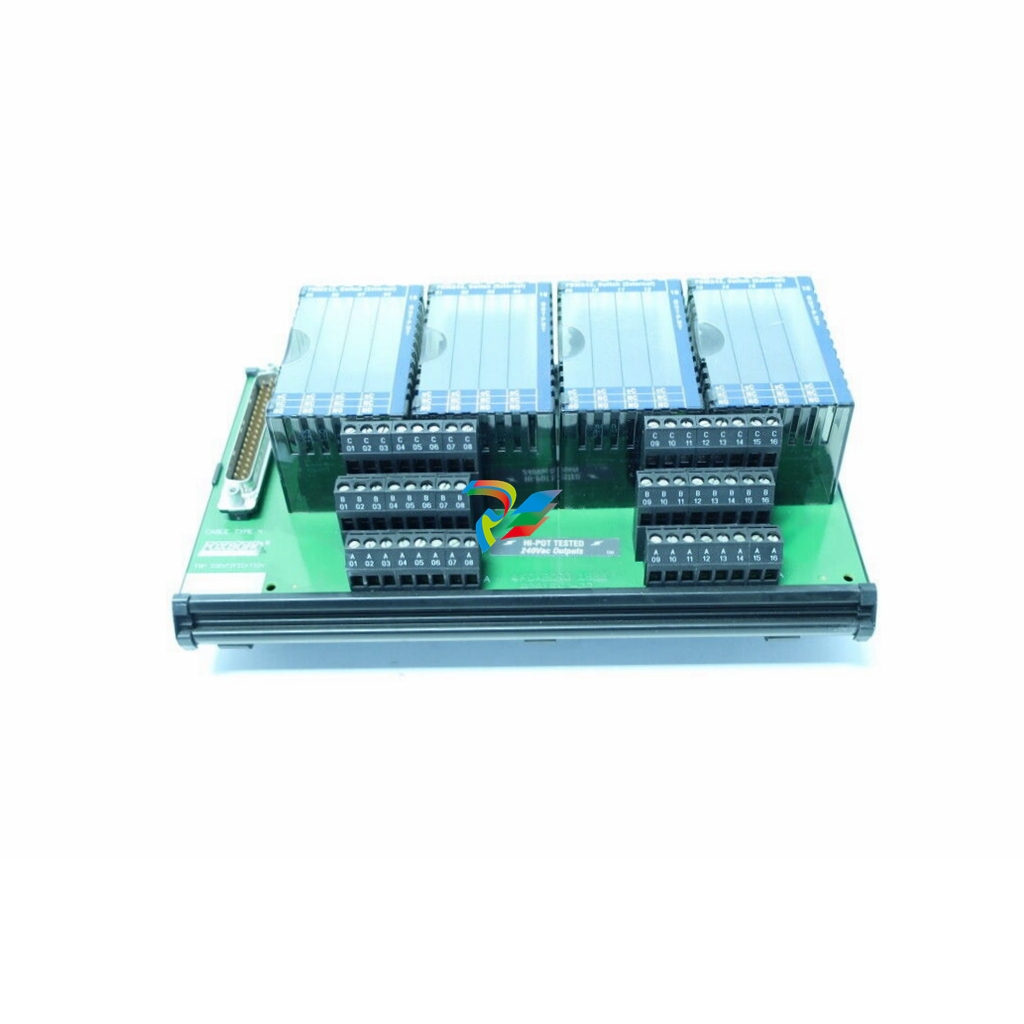


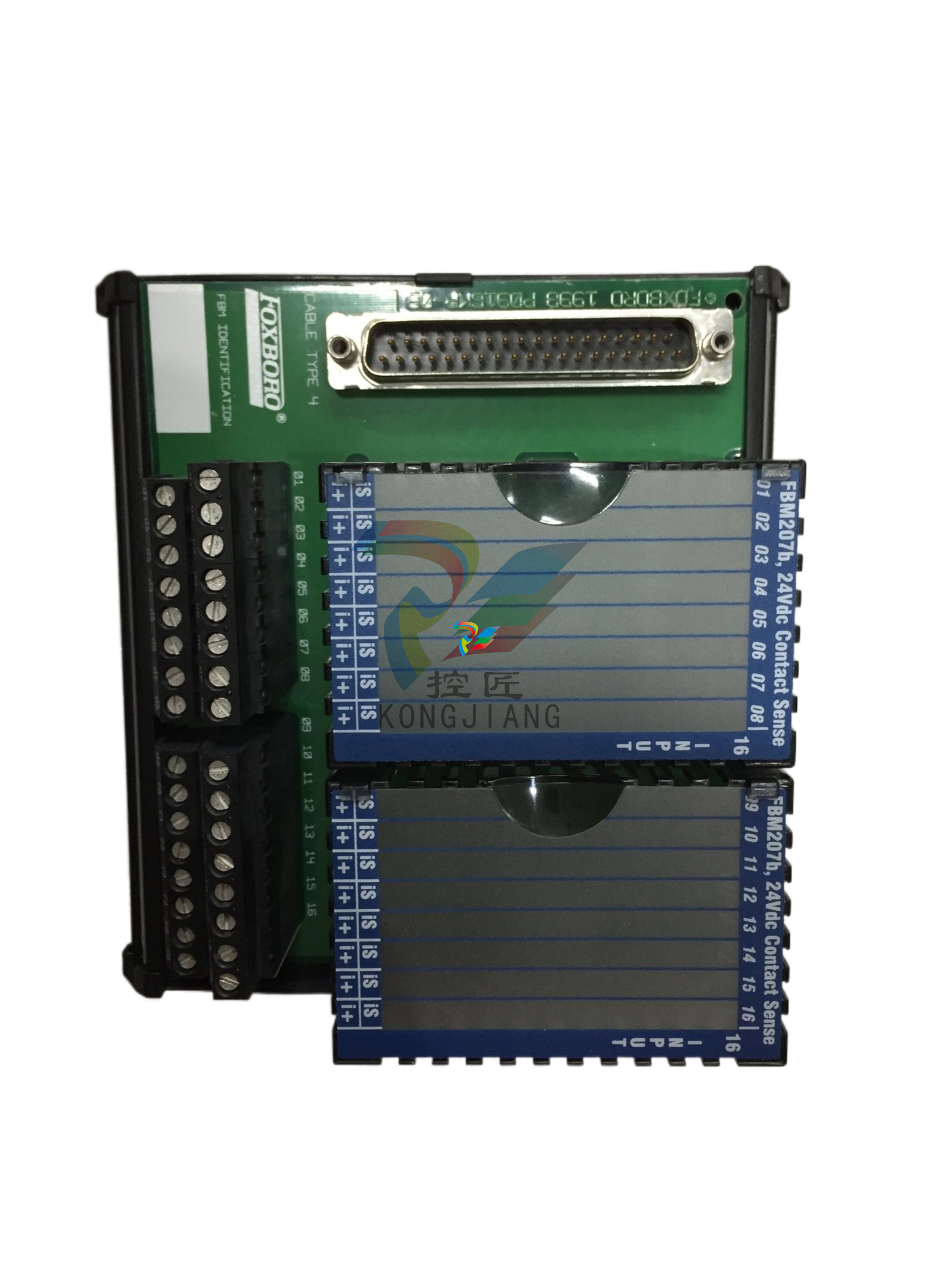
.jpg)


.jpg)
